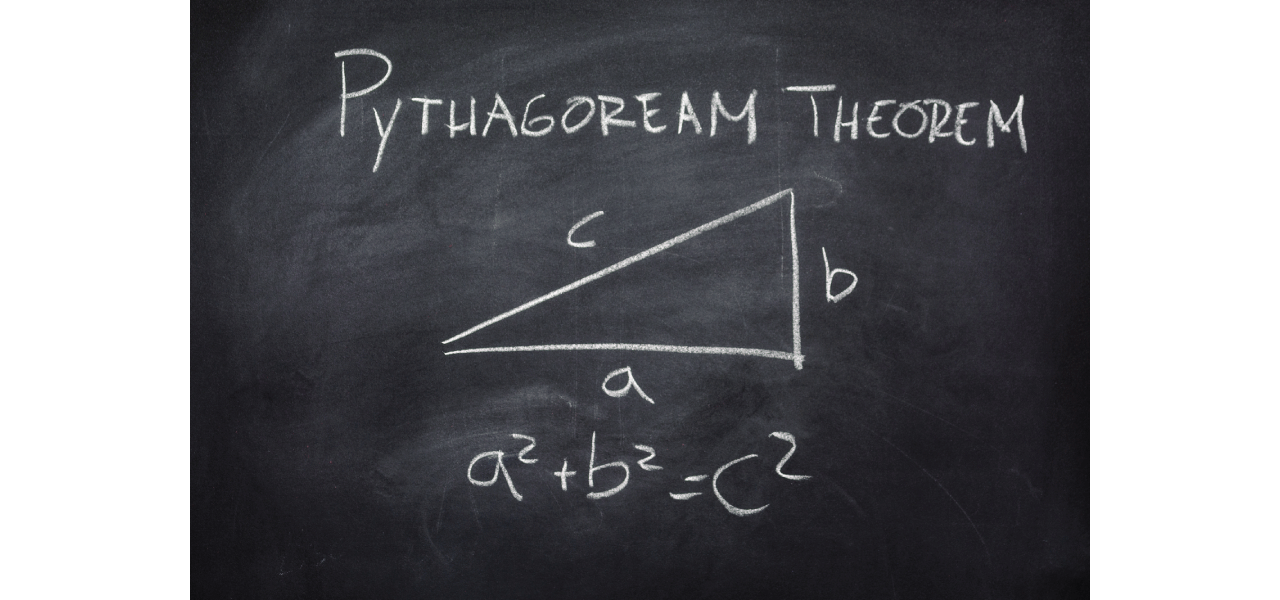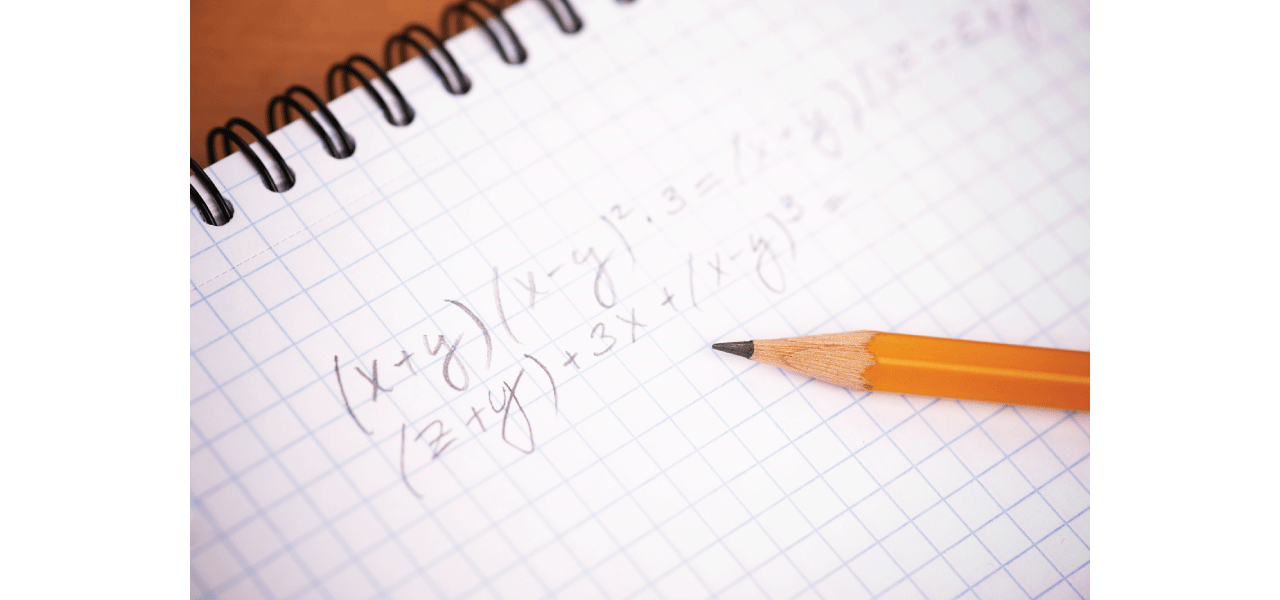Beginner’s Guide to Mathematical Proofs
By Leo Lam
(The Head of Academics and Test Preparation)

In mathematics, being able to prove an idea is one of the most important aspect of the subject. While calculation is important in our daily lives, and certainly plays a major role in most standardized tests, the ability to prove a concept is what drives the field of mathematics forward.
Most students are taught many different mathematical theorems before they prepare for university (Pythagorean theorem, base angle theorem, various circle theorems, to name a few). Students tend to take these theorems for granted, as most tests in school tend to focus on the application of these ideas. Before a theorem becomes a theorem, mathematicians first come up with conjectures or hypotheses. For these to become “rules”, or properly named theorems, mathematicians need to prove that the idea is sound.
There are still many conjectures and hypotheses that have not been proven, and new ideas are popping up everyday from all around the world to be verified and challenged. Some of these conjectures are so famous that people can win monetary prizes for finding a valid proof (these conjectures are collectively known as the millennium problems, to the dismay of some Yu-Gi-Oh! Fans). While I won’t be sharing the secrets to help you claim one of these prizes, I will provide some basic pointers to get you familiar with the concept of proof.
Most students have already encountered basic proving without even realizing it. IB students may have seen questions involving the idea of “show that”, while students who have taken the SAT may have seen questions that involve finding an equivalent expression. Both of these types of problems are proofs in their core, but the ways students approach them based on the test environment will not be considered proofs. In this blog, I will go over three different types of basic proofs so that you have a better idea of the basic mechanics behind this important concept.

Equivalent Expressions
In mathematics, an expression is simply a chain of operations involving numbers and unknowns. The result of the expression depends on what values the unknowns have taken. Unlike an equation, an expression cannot be “solved”. However, an expression can often be rewritten in such a way that it might not be obvious to us that two expressions are actually representing the same result.
On the SAT, looking for an equivalent expression is a fairly common problem. Most students would randomly pick a number to check which of the four answer choices matches the question itself. While this is a very efficient way to solve a problem, it is not considered a proof. Picking one value to check only reflects the fact that the two expressions share the same result with the same input; it does not guarantee that other inputs will provide the same result.
To properly prove equivalent expressions, we must first pick a “side”. Because equivalent expressions are inherently identical, we should be able to start from one side, apply some mathematical manipulations, and produce the expression on the other side of the equation. This means that we should chose the side that would easily allow us to apply the mathematical manipulations.
For students who are strong with algebra, this sounds easy. However, many students still make one common mistake: when they get stuck at the certain point, they start working on both sides. While there is nothing conceptually wrong with this approach, one thing we have to keep in mind is that a mathematical proof is as much a communication of idea as it is to show our mathematical knowledge. This means the structure of a proof is just as important as the steps. One way to get around this is “backward engineering”. As the name suggests, we aim to start at the result and work our way back to the point where we get stuck. However, instead of showing that we have worked on both expressions, we apply the steps backwards to connect the two sides. Doing so will give us the proper proof that will satisfy most requirements.

Conditional Statements
Remember when you first learned about the Pythagorean Theorem, and you get reprimanded for using it when the triangle is not a right-angle triangle? Many theorems in mathematics are conditional: without the proper condition, the theorem cannot be applied. In this case, the condition is that we must start with a right-angle triangle. There are many ways to prove the Pythagorean Theorem, and using the rearrangement of area is one of the most popular. No matter the method, there is one consistency between all these proofs: they all start with a right-angle triangle.
That means in order for us to prove any conditional statement, we must first start with the condition. How do we know we are dealing with a conditional statement? It is normally in the form “if A, then B”, where A is the condition, and B is the conclusion.
What makes proving conditional statement different than proving equivalent expressions is the fact that we will need more than algebraic manipulation. In the case of proving the Pythagorean Theorem, we need to be creative enough to identify that a square can be broken down to smaller squares and right-angle triangles. On a test, we don’t need to be as creative, but there are certain steps that we should take in order to properly prove a conditional statement:
1. Do not start with the conclusion
A conditional statement is a one-way street, that means we must start with the condition to arrive to the conclusion. This means the flow of our proof is critical. Additionally, by assuming that the conclusion is true is illogical; this causes us to use a fact to prove a fact. Make sure to consciously avoid applying the conclusion.
2. Apply logical and valid steps
As mentioned just above, the flow is the backbone of a proper proof. This means that any steps that are unclear, illogical, or invalid will render the proof incorrect. It is also important to use prior knowledge. Mathematicians have been working hard over centuries to move the field forward, and we should reap the reward from their effort.
3. Cover all bases and be comprehensive
Showing that a particular value works does not qualify as a proof. Your steps need to cover all possibilities, or nee to be as general as possible. In addition, the condition itself may involve more than one scenario. Identify all the possible conditions and work your way through each of those scenarios.

Biconditional Statements
If 𝑥=2, it logically follows that 𝑥²=4. However, swapping the two statements might not necessarily be true. In this case, if 𝑥²=4 , then 𝑥= ±2 (for those who struggles with why, here is an explanation involving algebra). This means that not all conditional statements can be interpreted either way. When they do, they become stronger statements, and we call them biconditional statements. This means that not only if A, then B, but also that if B, then A. To save time in writing such a long statement, we use the special symbol “iff” to represent this special condition: A is true if and only if B is true (A iff B).
Theorems that are biconditional are stronger because they allow us to apply them in either direction. Using Pythagorean Theorem as an example, we know that when we have a right-angle triangle, the lengths of the legs (𝒶 and 𝑏) and the length of the hypotenuse (𝑐) can be written in the equation 𝒶² + 𝑏² = 𝑐² . Since the theorem is biconditional, it means that any triangle with lengths that satisfy this condition must be a right-angle triangle. This gives us an additional tool to verify when we want to confirm whether a triangle has a right angle inside.
When proving biconditional statements, we should first treat them like two separate conditional statements, i.e. treating A iff B as i) if A, then B, and also ii) if B, then A. We then have to prove both directions separately, following the tips we have just seen above. We have to treat either direction as separate occasions. That means after successfully proving one doesn’t automatically allow us to use that as a way to prove the other.
About The Edge
The Edge Learning Center is Hong Kong’s premier Test Preparation, Academic Tutoring, and Admissions Consulting services provider. Founded in 2008, The Edge has helped thousands of students improve their ACT and SAT scores as well as their IB and AP grades. The AC team has just finished off another successful period in which students gained acceptance to schools such as Columbia, Yale, UChicago, and more! Check out our latest Admissions Results!

